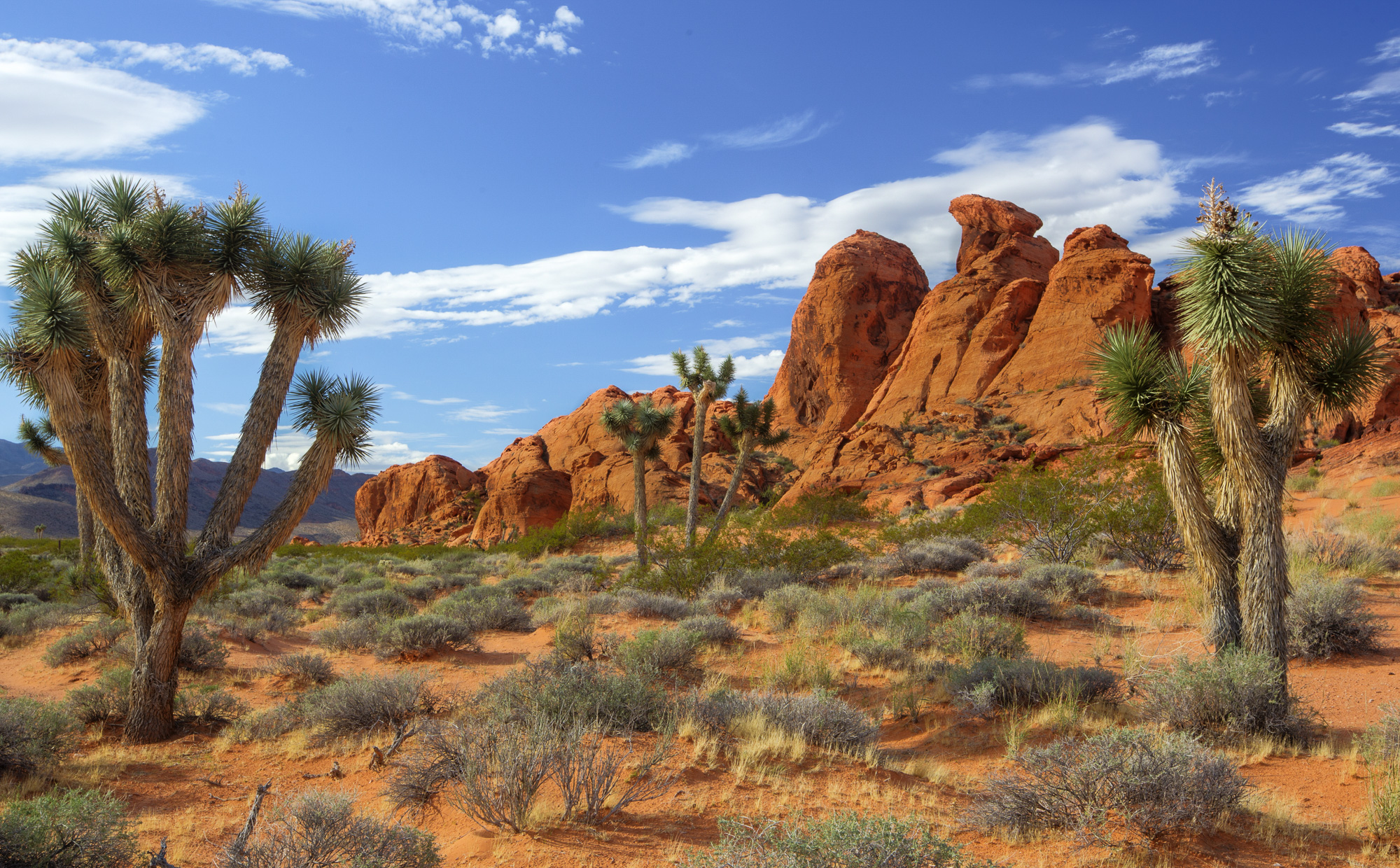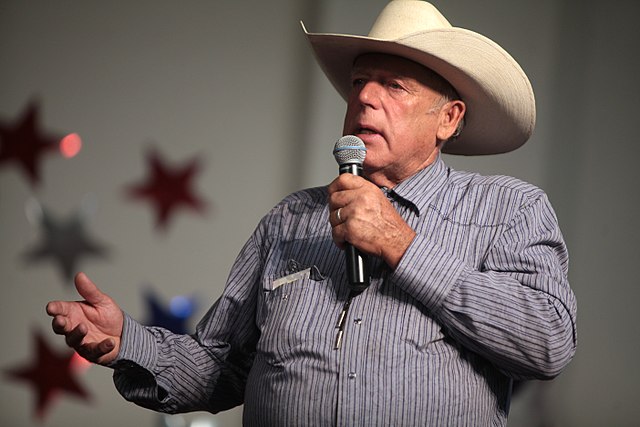At 61 and with acrophobia, I’m no use in climbing old trees to defend them from the chainsaw. But a younger generation of activists will sit, en masse, in those threatened old-growth trees, in front of bulldozers, and/or in appropriate offices. And if it comes to that, I’m happy to get arrested in offices of the Forest Service, the Bureau of Land Management, the Republican Party, the timber industry, or elected officials.
Bring it on, President Trump. Bring it on, Big Timber. Bring it on, Rep. Walden. Go ahead, make my day: reignite the Pacific Northwest timber wars.
Let the battle be joined, as nothing less is at stake than the lands and forests we leave to future generations.
Read More













